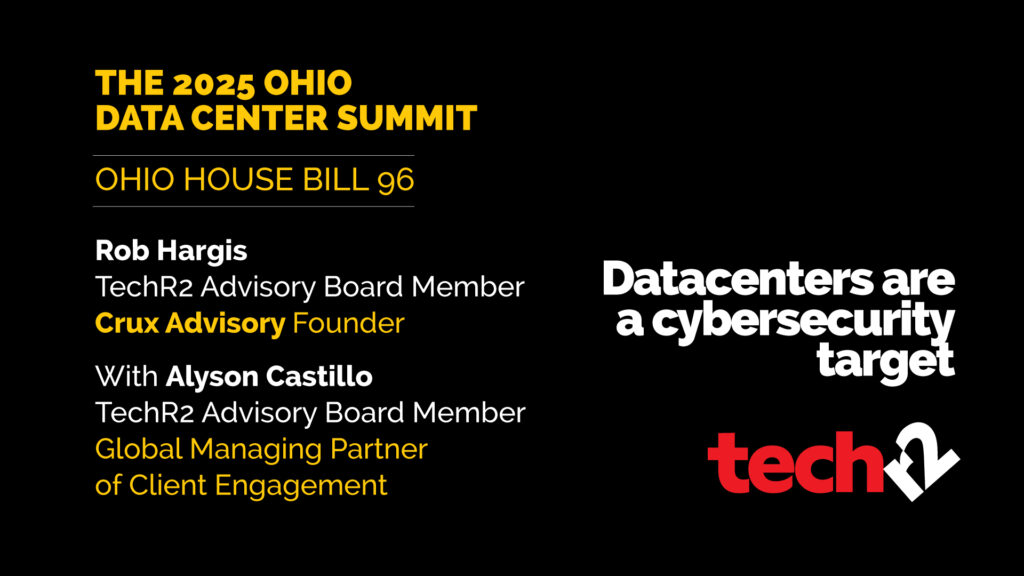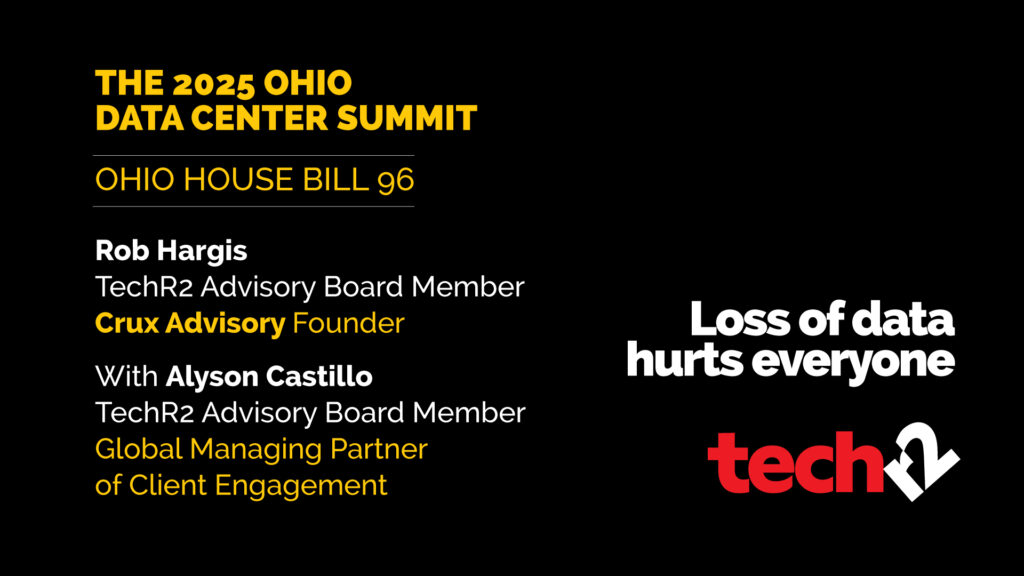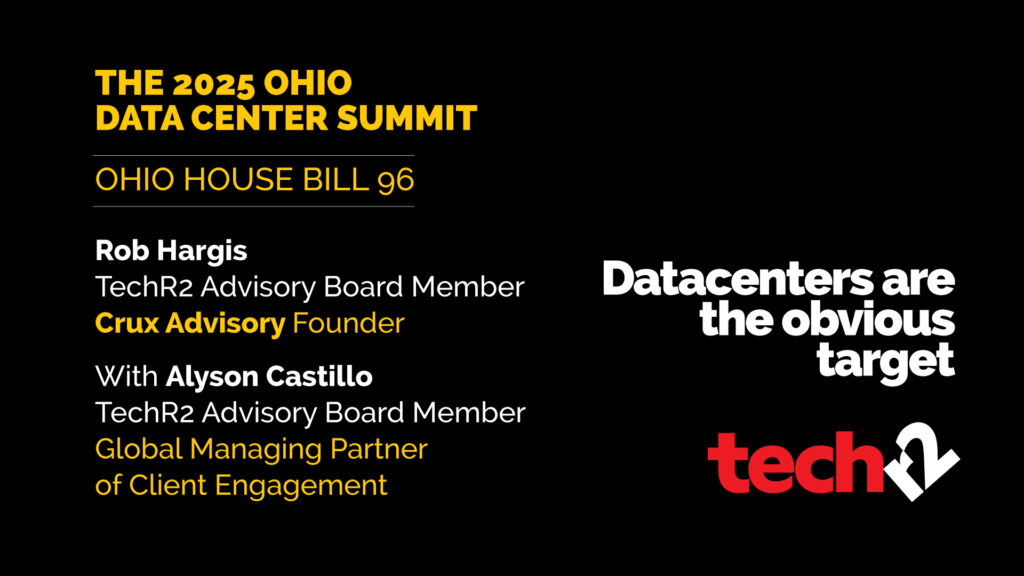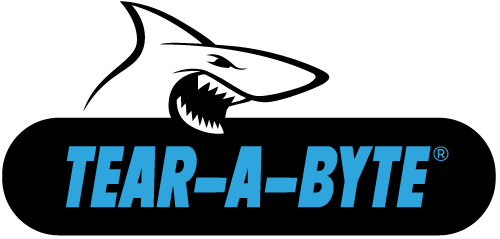Studying of the Use of Digitalization
[vc_row type=”grid” video_bg=””][vc_column width=”1/3″ dp_animation=””][vc_column_text dp_animation=”” el_class=”callout”]
During the mid-1980s, I worked for Siemens and our division made complete lines of airfield systems from the tower equipment to programmable logical controllers to digital power units to airfield navigation solutions. Our total analog line in the early 1980s was 15 + products, which were simple units. By the 1990s, we had thousands of SKU digital systems and customizable assemblies providing smarter technology which allowed airfield engineers and technicians to run safer takeoff and landing operations.
[/vc_column_text][/vc_column][vc_column width=”1/3″ dp_animation=””][vc_column_text dp_animation=””]
Aviation accidents since the Digitalization period of the 1990’s
Lately, I was examining a recent graph report about the number of aviation accidents relative to the 1990’s period of digitalization, and they revealed the following: Aviation incidents started to decline and continues to shrink to this day. And you can see on the same graph, that from the 1940s to the 1980s, accidents and incidents were on the rise. One could surmise that digital aviation systems and quality training do pay off.
Today I work in the data security industry where data center engineers and technicians use analog systems to track and control their data bearing devices in these billion-dollar mega centers. In the truest words, if the data walks out the door, no one is the wiser. Only with complete lines of digital tracking and containment systems and customizable engineering solutions will we turn the rising curve of data breaches. Digital systems can decrease the loss of data, but right now less than 1% of the global industry implements those systems.[/vc_column_text][/vc_column][vc_column width=”1/3″ dp_animation=””][vc_column_text dp_animation=””]
What we could learn from the aviation community
Executives can review how their companies are positioned in their own data security preparedness. Most are likely in the non-compliant camp; without sound digitalization practices. IT departments report they are okay and their compliance officers agree, yet breaches continue to rise. What we could learn from the aviation community: Security operations are healthiest when using digital systems in their processes (along with the provision of excellent training), such as those offered by TechR2. We can change the direction of the curve and decrease the rise of failure.[/vc_column_text][vc_column_text dp_animation=””][vc_empty_space height=”12px”][vc_separator][vc_empty_space height=”12px”]

Mr. Charles Robbins is Vice President of Technology and DPO
crobbins@techr2.com [/vc_column_text][/vc_column][/vc_row]
[vc_row type=”grid” row_type=”section” bg_image_repeat=”repeat” padding_top=”24″ padding_bottom=”24″][vc_column dp_animation=””][vc_separator][/vc_column][/vc_row][vc_row type=”grid” video_bg=””][vc_column width=”1/2″ dp_animation=””][vc_widget_sidebar sidebar_id=”posts-footer-block-left”][/vc_column][vc_column width=”1/2″ dp_animation=””][vc_widget_sidebar sidebar_id=”posts-footer-block-right”][/vc_column][/vc_row]









